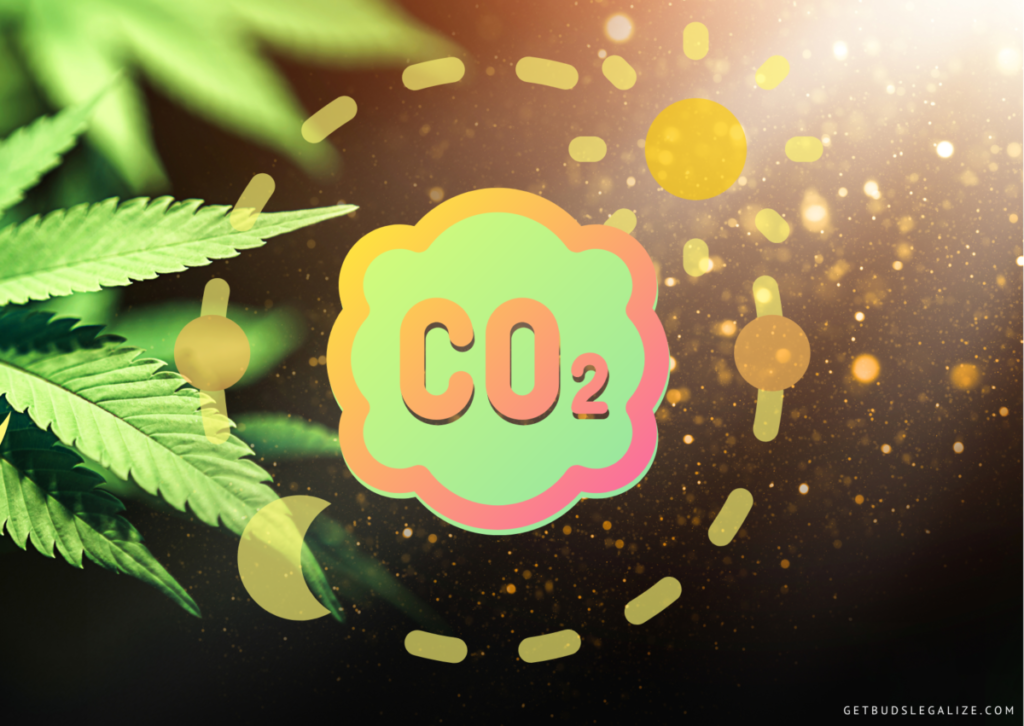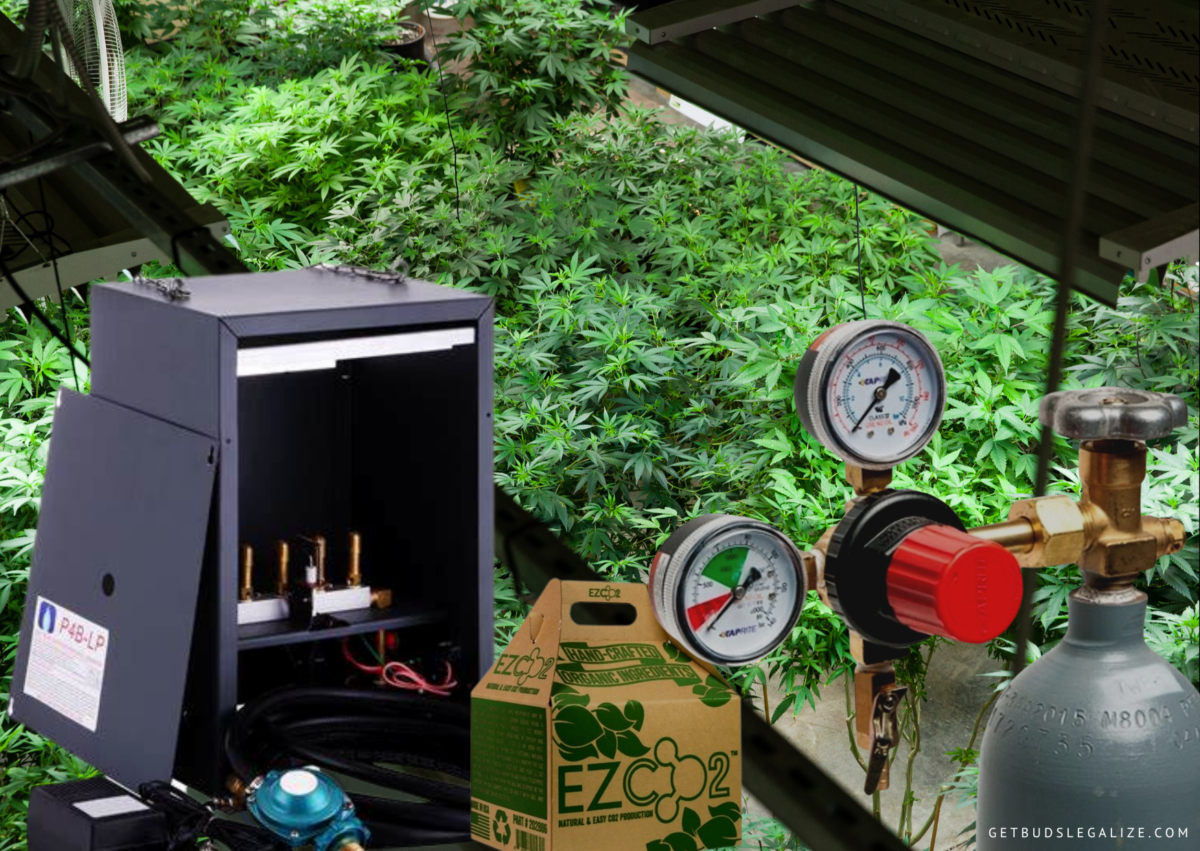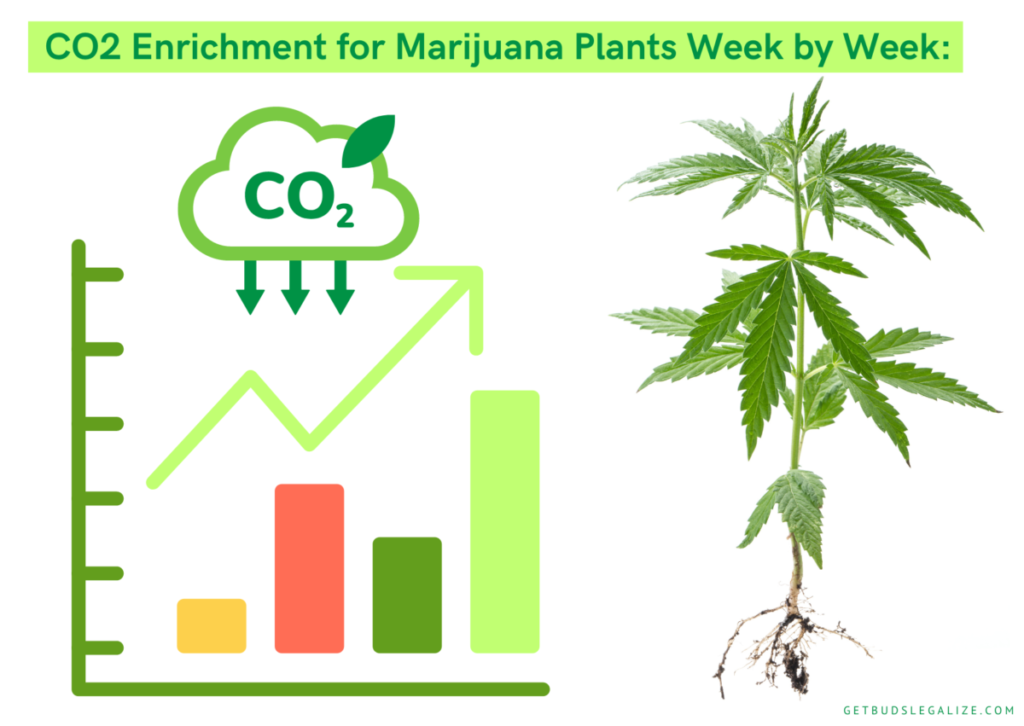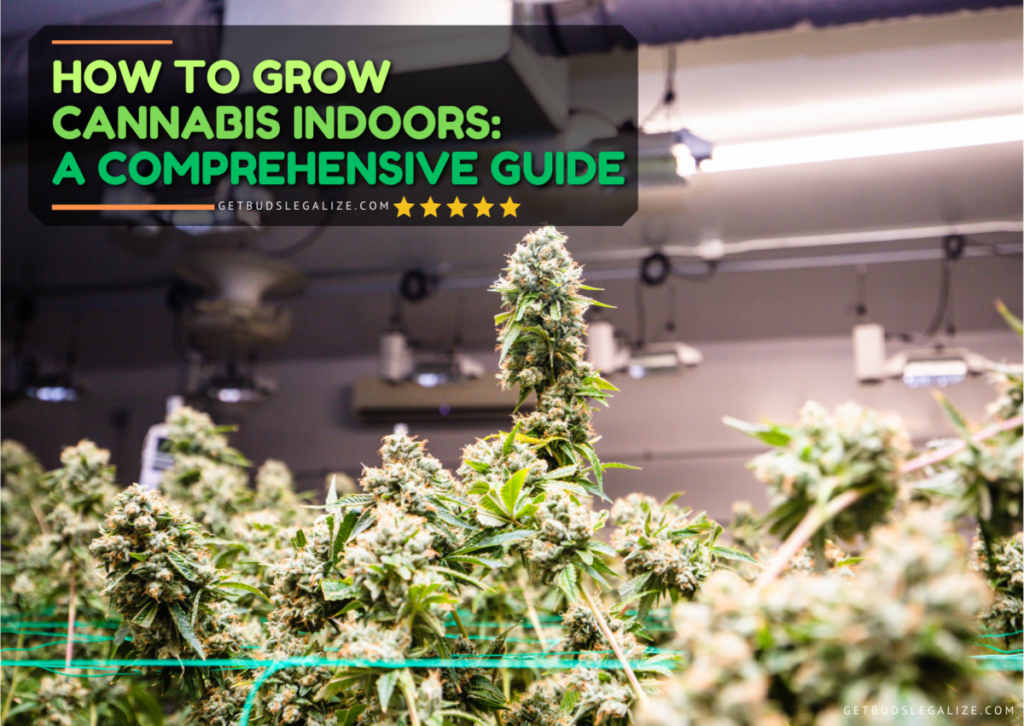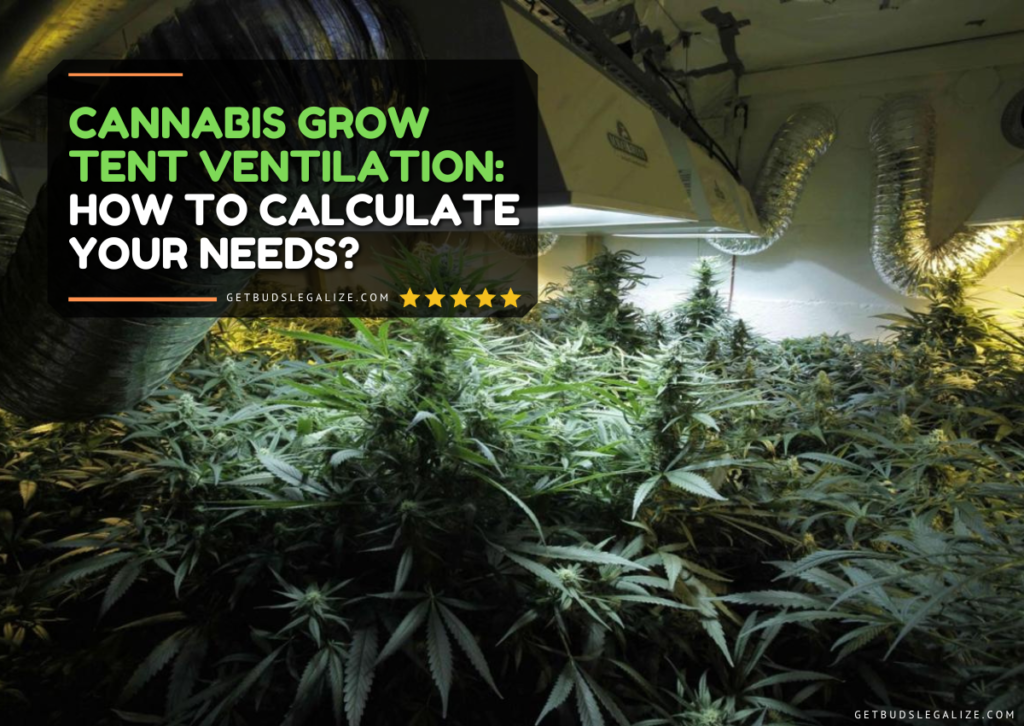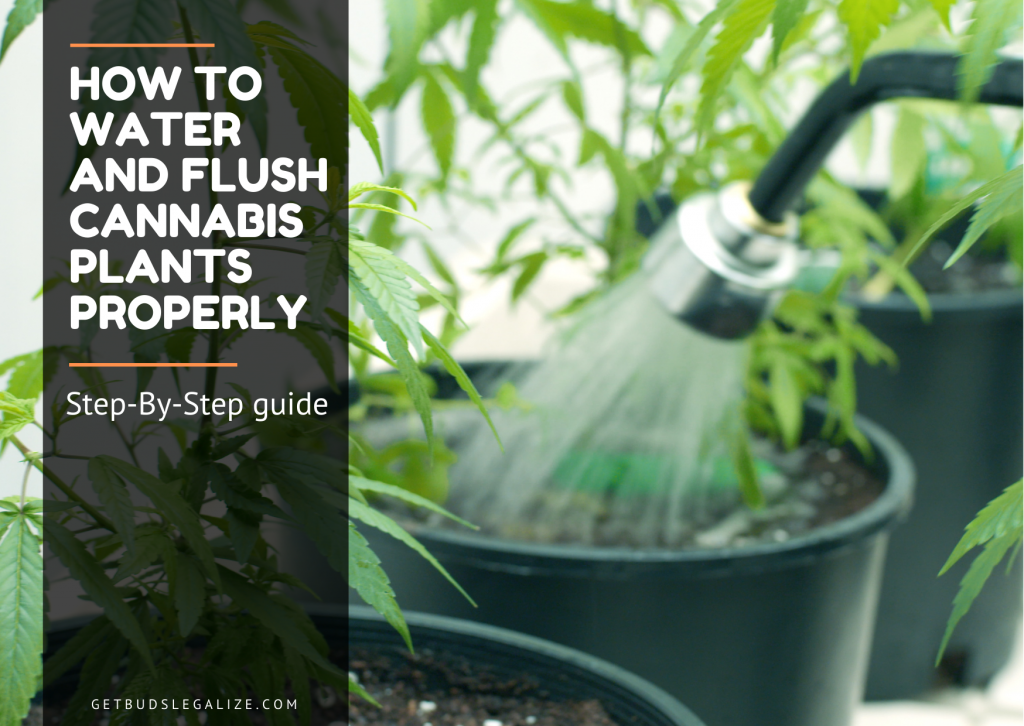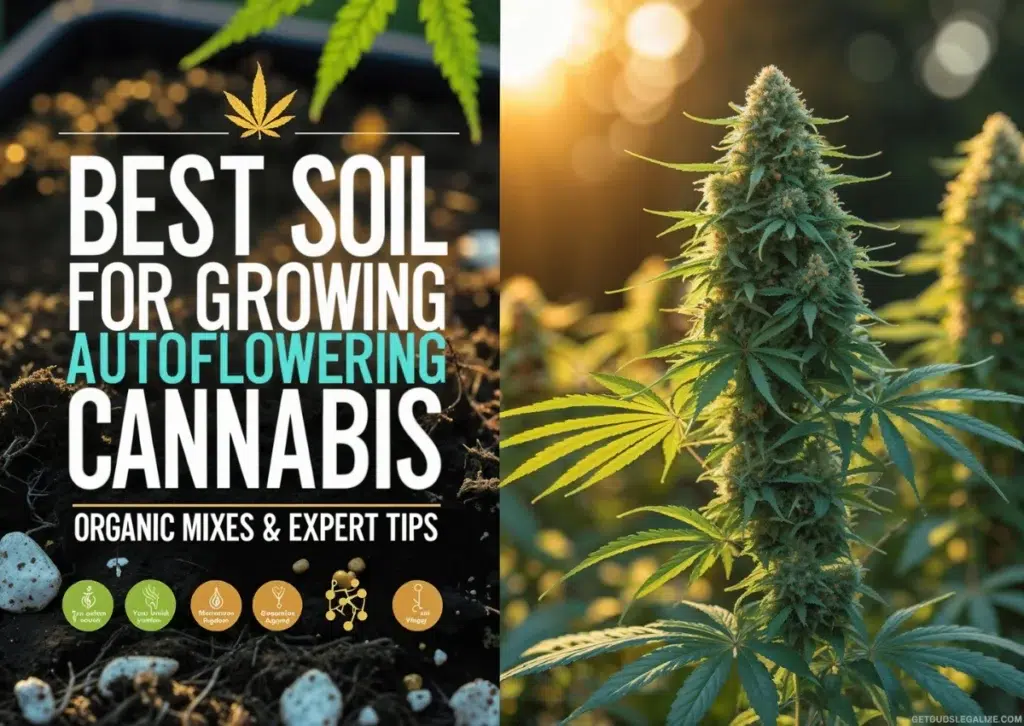How to Use CO2 for Cannabis Plants: Boost Yield, Quality, and Growth
If you’re serious about maximizing your cannabis yields and producing top-shelf buds, understanding how to use CO2 for cannabis plants can make a massive difference.
CO₂, or carbon dioxide, plays a fundamental role in photosynthesis—the process through which plants convert light into energy. Without sufficient CO₂, even the best lighting system and nutrient regimen will fall short of their full potential.
In this comprehensive guide, we’ll break down how carbon dioxide affects cannabis plants, the different ways to introduce it into your grow space, the ideal levels to maintain, and common pitfalls to avoid.
Whether you’re growing marijuana in a closet, tent, or commercial-scale facility, mastering CO₂ enrichment can help you unlock bigger yields, faster growth, and better bud quality.
Table of Contents
- Why Carbon Dioxide Matters for Cannabis Cultivation
- Benefits of CO₂ Enrichment for Cannabis
- Best Time to Use CO₂ in the Cannabis Lifecycle
- Ideal CO₂ Levels for Marijuana Plants
- Methods of CO₂Delivery in Grow Rooms
- How to Set Up a CO₂ System for Cannabis Cultivation
- Adjusting Your Grow Environment for CO₂ Enrichment
- Is CO₂ Safe for Growers?
- Common CO₂ Mistakes—and How to Avoid Them
- Week-by-Week CO₂ Strategy for Cannabis Cultivation
- Final Thoughts on CO₂ for Cannabis Plants
- Frequently Asked Questions (FAQs) about CO₂ and Cannabis
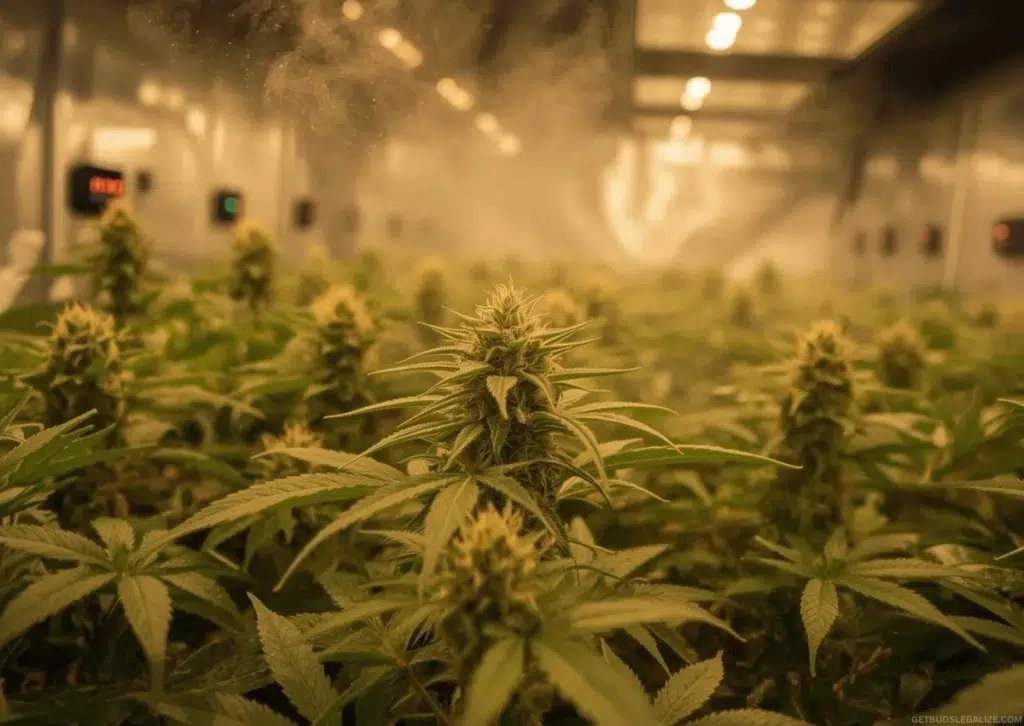
Why Carbon Dioxide Matters for Cannabis Cultivation
CO₂ is essential for all green plants, but it’s especially important in cannabis cultivation. When CO₂ levels are elevated, your plants can absorb more of it through their stomata (tiny pores on the leaves). This allows for more efficient photosynthesis, which leads to faster growth and larger yields.
In natural outdoor environments, CO₂ levels average around 400 ppm (parts per million). While this is usually enough for basic growth, cannabis plants grown indoors—especially in sealed grow rooms—can quickly deplete the available CO₂. This creates a bottleneck, limiting their ability to fully utilize light and nutrients.
Benefits of CO₂ Enrichment for Cannabis:
- Accelerated growth: Plants photosynthesize more efficiently.
- Larger yields: More biomass means more buds.
- Greater heat tolerance: CO₂ helps plants handle higher temperatures.
- Improved potency: Enhanced cannabinoid and terpene production.
With CO₂, cannabis plants can experience a growth surge that’s visible in both speed and size. Stem diameter increases, leaves become broader and deeper green, and internodal spacing tightens, resulting in a bushier, more productive plant.
Best Time to Use CO₂ in the Cannabis Lifecycle
CO₂ supplementation isn’t necessary for the entire cannabis lifecycle. In fact, applying it at the wrong time—either too early or too late—can be ineffective or even counterproductive. To get the best results, timing your CO₂ enrichment strategically is key.
When to Start CO₂ Enrichment:
Begin supplementing CO₂ once your plants enter the vegetative stage—typically when they’ve developed several sets of true leaves and show signs of vigorous growth. At this point, cannabis plants have the leaf surface area and metabolic capacity to benefit from increased photosynthesis, which translates into faster vertical growth, stronger stems, and larger foliage.
When to Stop CO₂:
CO₂ is most effective during the vegetative and early-to-mid flowering stages, when plants are actively building biomass and setting bud structure. As flowering progresses, reduce and eventually stop supplementation about two weeks before harvest. This allows terpene and cannabinoid profiles to develop fully without interference, enhancing aroma, flavor, and overall quality.
Related Article:
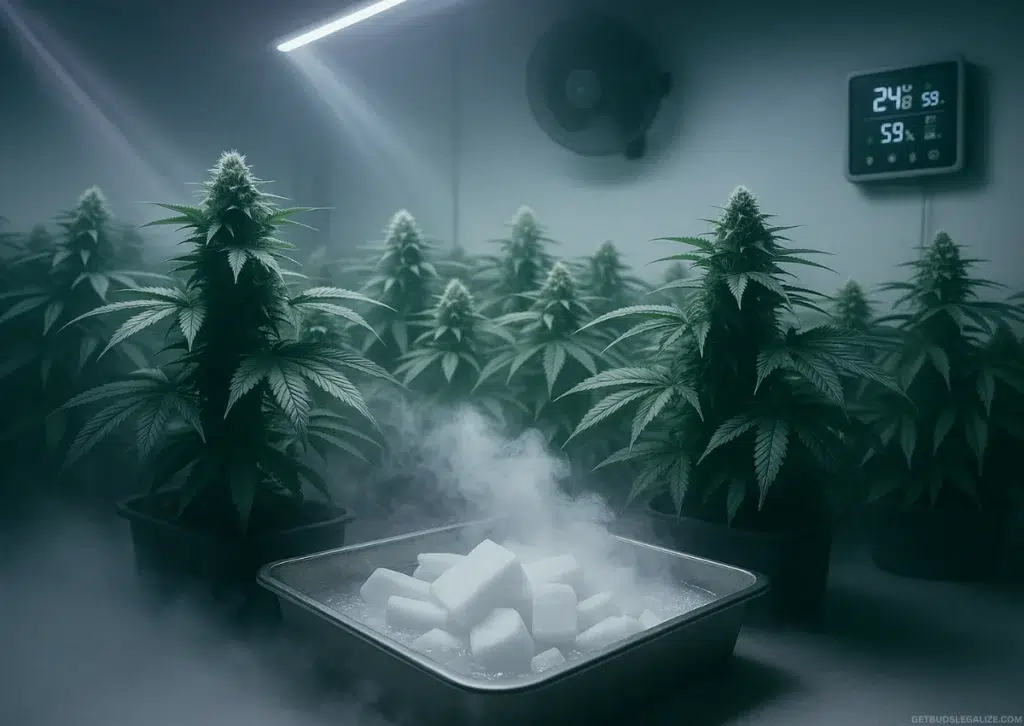
Ideal CO₂ Levels for Marijuana Plants
Getting the dosage right is crucial when learning how to use CO₂ for cannabis plants. Here’s a general guide:
Cannabis CO2 ppm Chart:
| Growth Stage | Recommended CO₂ Level (ppm) |
| Seedling | 400–500 (ambient only) |
| Vegetative | 1000–1200 |
| Flowering (Early) | 1200–1500 |
| Flowering (Late) | 1000 or less |
🕒 Only add CO₂ during the lights-on cycle, since plants don’t photosynthesize in the dark.
At these elevated levels, cannabis plants can double their rate of photosynthesis under ideal conditions. However, exceeding 2000 ppm without matching light and nutrient inputs can lead to stress, inefficiency, or plant damage.
Methods of CO₂ Delivery in Grow Rooms
There’s no one-size-fits-all method when it comes to CO₂ enrichment. The right approach depends on your grow size, budget, safety needs, and how precisely you want to manage CO₂ levels. Below are the four most widely used CO₂ delivery methods, each with its own advantages and drawbacks:
1. Natural CO₂ Methods (Low-Cost/Low Control)
This includes simple options like CO₂ bags, fungal pads, and compost-based systems that emit carbon dioxide through natural decomposition.
- ✅ Pros: Inexpensive, beginner-friendly, no equipment required.
- ❌ Cons: Difficult to regulate, low output, unsuitable for medium to large operations.
2. Dry Ice (Solid CO₂)
Dry ice releases CO₂ gas as it sublimates (transitions from solid to gas) at room temperature. It’s best used for quick, short-term CO₂ boosts.
- ✅ Pros: Quick, effective for short-term enrichment or emergency boosts.
- ❌ Cons: Costly and potentially hazardous to handle; lacks dosing precision.
3. Compressed CO₂ Tanks with Regulator (Most Precise)
This system uses CO₂ cylinders combined with a regulator, solenoid valve, and timer or controller to release gas in controlled intervals.
- ✅ Pros: Offers precise control, is scalable, and is ideal for small to medium sealed grow rooms.
- ❌ Cons: Higher upfront cost, needs monitoring and a well-sealed environment.
4. CO₂ Generators (Burners)
CO₂ generators burn propane or natural gas to produce CO₂, along with heat and humidity as byproducts. Best suited for large-scale or greenhouse grows.
- ✅ Pros: Best for large-scale grows or greenhouses where high output is needed.
- ❌ Cons: Generates excess heat and humidity, requires robust ventilation and safety protocols.
Related Article:

How to Set Up a CO₂ System for Cannabis Cultivation
Once you’ve selected your preferred CO₂ delivery method, proper setup is essential to ensure safe, effective enrichment. Below are the key principles to follow for maximizing plant uptake while minimizing waste and risk:
1. Seal Your Grow Environment:
CO₂ enrichment only works in a sealed or semi-sealed room. If gas escapes through leaks or unsealed ducting, it becomes ineffective—and expensive. Use insulation, weather stripping, and airtight ventilation systems to contain CO₂ efficiently.
2. Mount Emitters Above the Canopy:
CO₂ is heavier than air, so it naturally sinks. To ensure even saturation, position your emitters above the canopy line so gas gently falls across your plants instead of pooling too low or venting out too soon.
3. Use a CO₂ Controller or Monitor:
A digital CO₂ controller allows for precise ppm adjustments based on your grow phase. Automate output with timers or solenoids to avoid overexposure and keep CO₂ levels consistent during the light cycle.
4. Circulate and Mix Air Effectively:
Consistent air circulation is crucial for maintaining even CO₂ levels across your grow area. Without proper movement, CO₂ can accumulate in pockets or leave zones underfed, leading to uneven plant development and reduced efficiency.
To prevent this, use oscillating fans and inline air movers to push CO₂ across the canopy and throughout the entire space—ensuring every plant gets optimal exposure.
5. Balance CO₂ with Light and Nutrition:
Elevated CO₂ requires high-intensity lighting—typically 800–1000 µmol/m²/s—and stronger nutrient formulations. If plants can’t convert the extra carbon into energy due to weak light or deficiencies, you won’t see the full benefits.
Adjusting Your Grow Environment for CO₂ Enrichment
Supplementing CO₂ without adapting your grow room to accommodate it can limit its effectiveness. Here’s how to modify your environment:
- Temperature: Raise daytime temps to 83–86°F (28–30°C). CO₂-enriched cannabis plants can thrive at higher temperatures without stress.
- Humidity: Maintain 60–70% RH in veg, 50–60% in flower.
- Light Intensity: Use strong LEDs or HIDs grow lights. Plants with higher CO₂ require more light to reach their full potential.
- Nutrient Strength: Adjust feedings to avoid undernourishment. Increase nitrogen in veg, phosphorus and potassium in flower.
Related Article:

Is CO2 Safe for Growers?
Yes—but only when used responsibly. While elevated CO₂ levels benefit cannabis plants, they can pose serious health risks to growers if precautions aren’t followed. Here’s how to stay protected while enriching your environment:
1. Respect Safe Exposure Limits:
- Keep CO₂ levels below 2000 ppm during occupancy.
- Exposure above 3000 ppm may cause symptoms like headaches, dizziness, or nausea.
- Levels over 5000 ppm are hazardous and must be avoided under any circumstances.
2. Install CO₂ & Carbon Monoxide Detectors:
- Mandatory in sealed or semi-sealed grow environments.
- Use alarms with real-time digital displays, audio alerts, and ppm readouts.
- Place devices near breathing zones and CO₂ injection sources.
3. Limit Time in Enriched Zones:
- Avoid lingering in areas during active CO₂ injection.
- Always ventilate thoroughly before tasks like pruning, inspections, or equipment maintenance.
4. Ensure Proper Ventilation & Fresh Air Intake:
- Use exhaust fans, filtered intakes, or air scrubbers to regulate indoor air quality.
- Even in sealed environments, implement periodic air exchanges to prevent gas buildup and ensure a safe working atmosphere.
Related Article:
Common CO₂ Mistakes and How to Avoid Them
Even experienced growers can fall into these common traps when working with CO₂ enrichment. Here’re what to watch out for and how to correct course:
1. Applying CO₂ Too Early:
Seedlings lack the leaf mass and metabolic vigor to utilize added CO₂. During this stage, focus on root development, steady humidity, and gentle airflow. Wait until the vegetative phase kicks in—when foliage expands and the plant is ready to photosynthesize at scale.
2. Adding CO₂ During Lights-Off Cycles:
Photosynthesis shuts down in the absence of light. Releasing CO₂ while lights are off wastes gas, power, and efficiency. To maximize impact, sync your enrichment system with the lights-on schedule using timers or automated controllers.
3. Failing to Adjust the Environment:
CO₂ doesn’t work in isolation. For your plants to fully benefit, they also need more light, more nutrients, and slightly warmer temps. Without these, the additional carbon can’t be converted into growth—and could lead to nutrient imbalances or underperformance.
4. Leaky or Unsealed Grow Space:
Unsealed or poorly contained grow rooms allow CO₂ to escape before plants can use it. This leads to weak enrichment, wasted gas, and potential safety issues. Use weather stripping, closed-loop ventilation, and airtight ducting to lock in the gains.

Week-by-Week CO₂ Strategy for Cannabis Cultivation
Proper CO₂ management is all about timing. Supplementing at the right stage can significantly boost yield, quality, and plant health. Here’s how to dial in your enrichment week by week:
Weeks 1–2: Seedling Stage
Avoid CO₂ supplementation. At this early stage, seedlings have minimal foliage and are not photosynthetically active enough to benefit. Instead, prioritize:
- Stable temps of 22–26°C (72–79°F)
- High humidity (~70% RH)
- Root zone development with gentle airflow and light
Weeks 3–6: Vegetative Stage
Start enriching with CO₂: 1000–1200 ppm As plants shift into aggressive vegetative growth, their ability to utilize additional CO₂ expands.
- Pair with high PPFD lighting (600–800 µmol/m²/s)
- Increase nitrogen-rich nutrients to support leaf and stem growth
- Maintain moderate temps (26–28°C) and airflow to distribute CO₂ evenly
Weeks 7–10: Flowering Stage (Early to Mid)
Raise CO₂ to 1200–1500 ppm This is the peak window for bud formation and trichome production.
- Maintain strong light intensity and monitor daily ppm levels
- Ensure phosphorus and potassium levels are elevated for bloom support
- Watch for environmental imbalances—high CO₂ without enough light or nutrients can lead to stress
Weeks 11–12: Final Ripening
Discontinue CO₂ enrichment In the last 10–14 days, CO₂ is no longer beneficial and may inhibit terpene or cannabinoid development. Instead:
- Begin flush regimen
- Reduce temps slightly to 20–24°C to preserve volatile compounds
- Focus on terpene preservation and resin ripening
Related Article:
Final Thoughts on CO₂ for Cannabis Plants
Mastering how to use CO2 for cannabis plants can elevate your entire grow from good to exceptional. Done right, CO₂ increases growth speed, boosts yields, and enhances the overall quality of your final product. But it’s not a beginner’s shortcut—it’s an advanced tool best paired with strong environmental control, powerful lighting, and attentive cultivation.
With careful implementation and the right equipment, CO₂ becomes not just a boost but a game-changer in high-performance cannabis cultivation.
Frequently Asked Questions (FAQs) about How to Use CO2 for Cannabis Plants
Indirectly, yes. CO₂ improves photosynthesis, leading to denser buds with more trichomes. While it doesn’t directly raise THC, it supports overall plant health—resulting in better potency when paired with strong genetics and ideal conditions.
Only if the space is sealed or semi-sealed. In passive tents or closets, CO₂ will escape unless properly contained. Use CO₂ bags or tanks with a ppm monitor for small grows, and insulate the space for maximum retention.
No, it is not recommended. CO₂ buildup in or near living spaces can pose serious health risks, especially without proper ventilation and safety alarms. Grow rooms using CO₂ should always be isolated, monitored, and equipped with CO₂ and carbon monoxide detectors.
Not effectively. Outdoor air movement disperses CO₂ too quickly to maintain usable levels. CO₂ enrichment is best for indoor cultivation where airflow can be controlled.
CO₂ is vital for photosynthesis. Higher concentrations boost energy production, leading to faster growth, larger yields, and more resin-rich buds—especially when paired with strong light and nutrition.
Start supplementation during the vegetative stage (around week 3), once plants have developed multiple true leaves. Avoid CO₂ during the seedling phase—it offers no measurable benefit.
Yes—CO₂ is most beneficial during early to mid-flowering, when buds are forming. Stop 10–14 days before harvest to allow plants to focus on terpene and cannabinoid development.
- Seedlings: 400–500 ppm (ambient)
- Vegetative: 1000–1200 ppm
- Early Flower: 1200–1500 ppm
- Late Flower: Reduce to ~1000 ppm
🚫 Never exceed 2000 ppm—it may stress plants and reduce efficiency.
Yes—if your setup is optimized. CO₂ works best with strong lighting, sealed space, and dialed-in nutrients. It’s not a fix for weak environments—it’s a performance enhancer for well-tuned grows.
Limit exposure. CO₂ above 2000 ppm can cause dizziness, fatigue, or shortness of breath. Always use monitors, ventilate before entering, and avoid prolonged stays during injection cycles.
Yes—but timing is tight. Apply CO₂ around weeks 2–4, during the short vegetative window. Discontinue as flowering progresses to allow proper terpene development.
CO₂ tanks with regulators and controllers offer the most precision. For large grows, use CO₂ generators; for small tents, consider CO₂ bags—but always monitor ppm to stay within safe and effective levels.
Absolutely. Levels above 2000 ppm can lead to nutrient lockout, heat stress, and unnecessary waste of resources. CO₂ enrichment is only effective when it’s balanced with high light intensity, a nutrient-rich feeding schedule, and carefully controlled temperature and humidity. More CO₂ is not always better—precision is key.
ILGM Fertilizer:
Feed Your Plants Right

The Ultimate Cannabis Fertilizer – designed to fuel every stage from seedling to harvest.
✅ Feeds 5+ plants
✅ Big savings with bundle
✅ Works in soil, coco, or hydro
✅ Supports bigger, healthier yields
ILGM Plant Protector:
Ultimate Cannabis Protection

Shield your plants from pests and disease—naturally and effectively.
Protect From Seedling to Harvest
✅ Protects up to 20 plants
✅ Works in soil, coco, or hydro
✅ Fights pests & diseases fast
✅ Keep your grow healthy & stress-free
